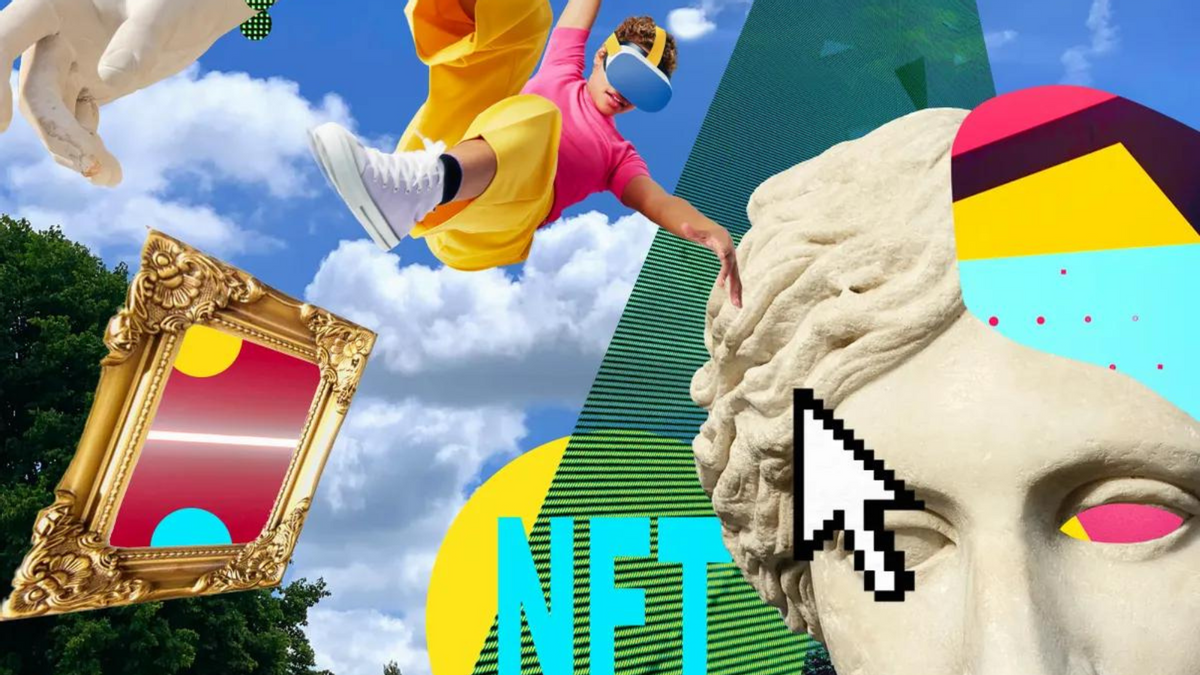To mark International Fact-Checking Day on April 2, the Snopes newsroom compiled some tricks of the trade.
Below, you can learn how to perform reverse-image searches, spot deepfake videos, identify photos that were created using artificial intelligence (AI) software — and more. These are tips our professional fact-checkers use daily to determine whether viral rumors are factual or misleading, and they can help you be a smarter consumer of information online.
What is International Fact-Checking Day? The concept surfaced in 2014 during a gathering of journalists and professional researchers at the London School of Economics, USA Today reported. That group eventually formed Poynter's International Fact-Checking Network (IFCN), a consortium of news outlets and advocates against online misinformation. Snopes is an IFCN signatory.
Learn more about Snopes' fact-checking process, including how readers' inquiries drive our efforts. Think you've come across a suspicious rumor while scrolling? Drop us a line. We'll try to look into it.

















